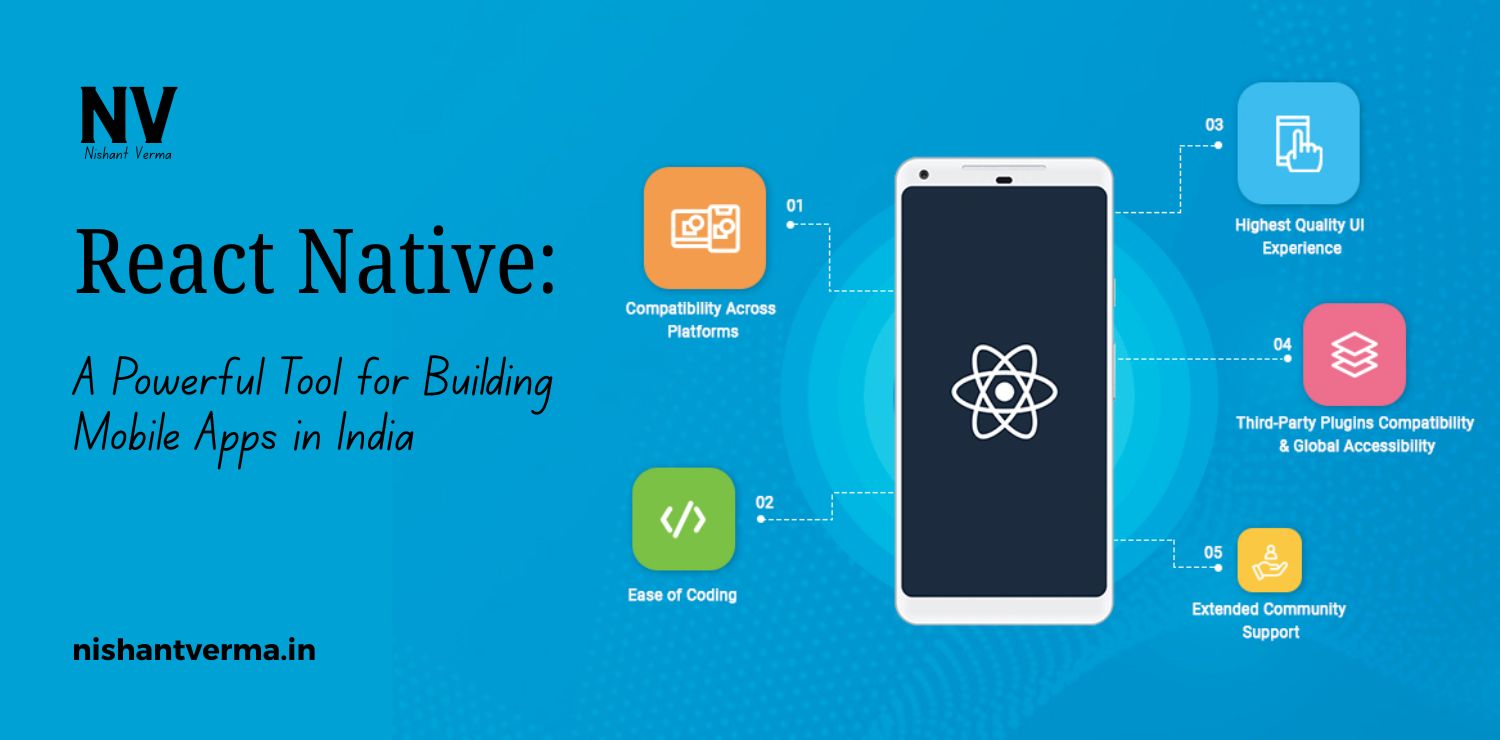The Maratha Confederacy was one of the most significant political and military forces in India during the 18th century. It played a crucial role in resisting the British colonization of India long before the full-scale British Empire took shape. The Marathas, a group of warrior clans from western India, rose to prominence in the 17th century under the leadership of Chhatrapati Shivaji Maharaj, and their power and influence extended throughout India by the 18th century. Their resistance to British expansion, although eventually overpowered, laid the foundation for India’s struggle for independence.
In this article, we will explore the Role of the Maratha Confederacy played in resisting British rule and how their efforts impacted the course of Indian history.
1. Rise of the Maratha Confederacy
The Maratha Empire was established in the 17th century by Chhatrapati Shivaji Maharaj, who is remembered as one of India’s greatest warriors. Shivaji’s leadership transformed the Marathas into a formidable force capable of challenging the Mughal Empire, which at the time controlled large parts of northern and central India. After Shivaji died in 1680, the Marathas continued to grow in strength under the leadership of his successors.
By the early 18th century, the Marathas had expanded their influence over vast territories, including present-day Maharashtra, Gujarat, Madhya Pradesh, and parts of Uttar Pradesh. The Maratha Confederacy, which consisted of various states ruled by different Maratha chieftains, became a powerful force in India.
The Marathas were not only known for their military prowess but also for their ability to organize and govern a large territory. The Confederacy was built on alliances and collective action, which gave the Marathas the strength to resist both the Mughal Empire and later the British East India Company.

2. Early Maratha Resistance to British Expansion
The Marathas first encountered the British in the early 18th century when the British East India Company was expanding its influence along the western coast of India. The British had established trading posts in Bombay (now Mumbai), Surat, and other coastal areas, and were looking to expand their commercial interests. This expansion posed a direct threat to the Marathas, as they were the dominant power in western India.
The first major clash between the Marathas and the British occurred in 1775 during the First Anglo-Maratha War (1775–1782). The Marathas, led by the Peshwa Baji Rao II, were alarmed by the British East India Company’s increasing influence in India. The British attempted to interfere in the Marathas’ internal affairs by supporting rival factions and undermining their authority. This led to the outbreak of the First Anglo-Maratha War.
Although the war ended in a stalemate with the Treaty of Salbai in 1782, the Marathas made it clear that they were willing to challenge the British for control over Indian territory. The Treaty of Salbai allowed the British to retain control of some areas, but the Marathas successfully asserted their dominance in other parts of India.
3. Marathas and the Second Anglo-Maratha War
The Second Anglo-Maratha War (1803–1805) saw the Marathas make a stronger resistance against British forces. By this time, the Maratha Confederacy had fractured into different factions, each ruled by powerful chieftains such as the Holkars of Indore, the Scindias of Gwalior, and the Bhonsles of Nagpur. Despite their internal divisions, the Marathas were united in their opposition to the British East India Company’s efforts to dominate India.
The Second Anglo-Maratha War was triggered by British interference in the affairs of the Maratha Confederacy. The British, under the leadership of Lord Wellesley, took advantage of the Marathas’ internal divisions and sought to expand their control over central and northern India. The Marathas, led by powerful chieftains like the Peshwa Baji Rao II, fought fiercely, but they were ultimately defeated by the British in several key battles, including the Battle of Assaye (1803).
Despite the defeat, the Marathas continued to resist British rule, and the war ended with the Treaty of Bassein in 1805. The treaty weakened the Maratha Confederacy, as it forced the Marathas to accept British influence over their internal affairs. However, the Marathas never completely surrendered, and their resistance to British control remained a significant part of India’s freedom struggle.

4. The Role of the Marathas in the Third Anglo-Maratha War
The Third Anglo-Maratha War (1817–1818) marked the final attempt by the Maratha Confederacy to regain its power and drive the British out of India. By this time, the British had firmly established their authority in large parts of India, and the Marathas, under the leadership of the Peshwa Baji Rao II, felt that they had no choice but to challenge the British one last time.
The Marathas, despite being divided into different factions, made a united stand against the British in what became known as the Third Anglo-Maratha War. Key battles, such as the Battle of Kirki (1817) and the Battle of Pune (1818), saw intense fighting between the British and the Marathas. However, the Marathas were ultimately defeated, and the war ended with the capture of Peshwa Baji Rao II.
The defeat of the Marathas in 1818 marked the end of the Maratha Confederacy as a significant political and military force. The British East India Company gained control of most of India, and the Maratha territories were either annexed or placed under British protection. However, the Maratha resistance had shown the British that India was not an easy territory to conquer and that there would be continued opposition to their rule.
5. Maratha Legacy and Influence on Indian Resistance
Although the Marathas were defeated in the Third Anglo-Maratha War, their resistance to British rule left a lasting legacy. The Marathas were one of the first organized groups to challenge British imperialism in India, and their military strategies, despite their ultimate defeat, were studied and respected by later Indian leaders.
The Marathas were also among the first to push for the idea of a united Indian resistance against British rule. Their alliances and strategies laid the groundwork for later movements like the Indian Rebellion of 1857 (also known as the First War of Indian Independence). Even after their defeat, the Maratha spirit of resistance lived on in the hearts of the Indian people, influencing leaders like Rani Lakshmibai of Jhansi and Tantia Tope, who played key roles in the 1857 uprising.
The Marathas also played a significant role in promoting a sense of regional identity and pride. Their stronghold in Maharashtra inspired later generations to resist British rule, and their cultural contributions, such as the promotion of Hindu traditions and values, continued to shape India’s resistance to colonialism.

Conclusion: Role of the Maratha Confederacy
The Maratha Confederacy played a crucial role in the resistance to British rule in India. From the early clashes in the 18th century to the final struggle in the Third Anglo-Maratha War, the Marathas proved to be formidable opponents of British expansion. Though they were ultimately defeated, the Marathas’ military prowess, strategic alliances, and unwavering resistance inspired future generations of Indians to continue their fight for independence.
The legacy of the Maratha Confederacy is seen in the continued spirit of resistance that permeated India’s freedom struggle. The Marathas may have lost the battle, but their resistance laid the foundation for the larger national movement that eventually led to India’s independence in 1947. The Marathas not only shaped the history of India but also inspired the generations that would rise against British rule in the future. Their courage, unity, and determination remain a significant part of India’s resistance history and continue to inspire freedom fighters today.




